Understanding Autism and Sport
For anyone who knows Val and I, or follows our blogs on special needs children, they will know we place enormous emphasis on sport in Autism. Everyone knows that sport is important in child development, big deal do I hear you say? But let me tell you, in Autism it is not just important, its vital. Over the last several of months I have met with a number of national sports leaders including Irish Sport discussing this and how families like us seek to access sport in our communities. And as we were getting into our most recent discussion my mind floated back to the days when Val and I were on our journey with Conor and Eoin as young autistic boys. Their tiny hands grasped firmly least they bolt in that fraction of a second that your attention is drawn elsewhere. And all the while looking at that wonderful sport and social environment we were visiting on that particular day and wondering if our little bundles of joy could participate. I am writing this blog to help demystify this journey and guide our work with the sports community towards a better future for all of us.
A little theory
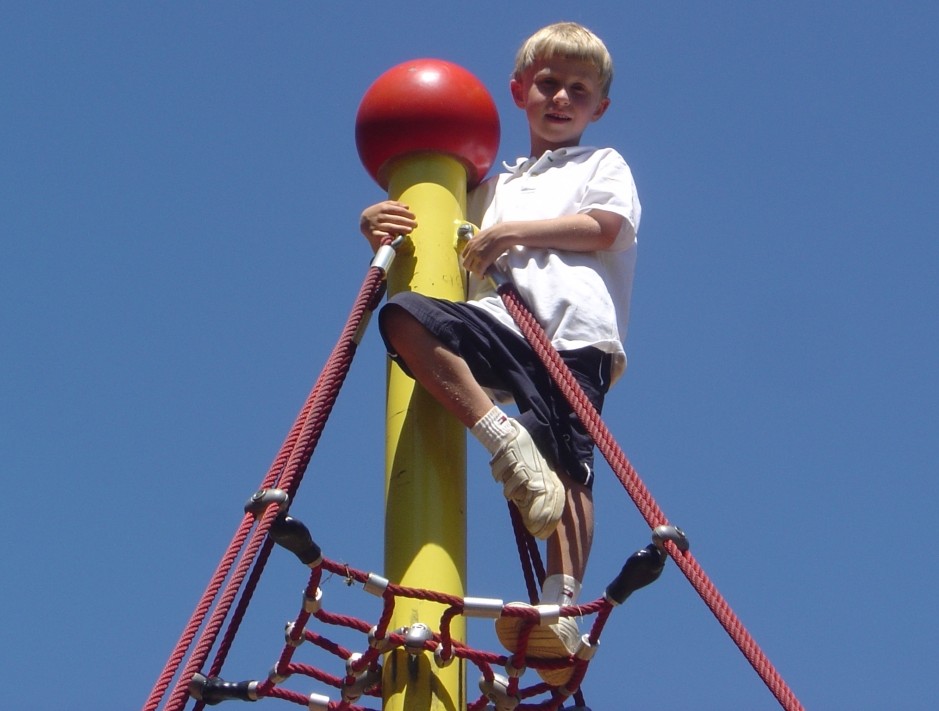 A great many of language disordered and autistic children also have problems with how they sense their environment and build the physical skills. In many ways, its not surprising that language becomes a problem because if you can’t sense your environment its very hard to label it in language. Take a hearing impaired child (yes, Conor and Eoin were also deaf) who can’t hear the Goldfinch’s song – they can’t label it in language if they can’t hear it in the first place. The problem with our autistic guys its not just hearing, its all kinds of senses like touching, tasting, smelling and on and on. Some senses turned down (like deafness – hyposensitive) and some turned way up (hypersensitive). So way up as to make the sense a real problem, like eating or frequently in our case not eating anything but the most tasteless foods. So the takeaway here is our autistic children have a lot of ‘sensory’ problems, both hyper (too much) and hypo (not enough).
A great many of language disordered and autistic children also have problems with how they sense their environment and build the physical skills. In many ways, its not surprising that language becomes a problem because if you can’t sense your environment its very hard to label it in language. Take a hearing impaired child (yes, Conor and Eoin were also deaf) who can’t hear the Goldfinch’s song – they can’t label it in language if they can’t hear it in the first place. The problem with our autistic guys its not just hearing, its all kinds of senses like touching, tasting, smelling and on and on. Some senses turned down (like deafness – hyposensitive) and some turned way up (hypersensitive). So way up as to make the sense a real problem, like eating or frequently in our case not eating anything but the most tasteless foods. So the takeaway here is our autistic children have a lot of ‘sensory’ problems, both hyper (too much) and hypo (not enough).
On top of this, our autistic children have lots of problems organizing themselves. Like gross motor stuff, climbing everything in sight but can’t sit down with a pencil to save their lives. I used to call Conor and Eoin the ‘energizer bunny’ brigade, always moving everywhere and nowhere at the same time. And all this at the top of their toes. They just needed constant movement, and if they didn’t get it they would just tear the house down. They never walked anywhere, always ran and spent their waking hours figuring out how to beat the locks in the house and get over the fences that surrounded our garden. 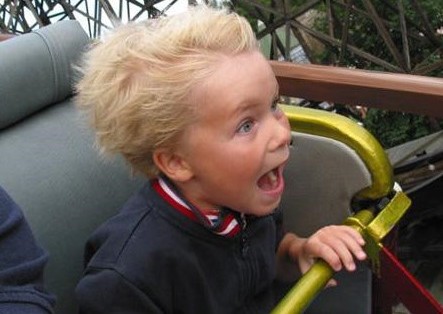 Of course, I’m describing part of the autism experience that can only be described as a nightmare. And yet I could see myself (yup, Enda) who as a six year old toddler, scaled the picket fence proudly built by my Dad and ran straight in front of a passing car. The result? 6 weeks in hospital traction and Mom and Dad trying to explain to all and sundry that they were really not bad parents. And the learning? The apple doesn’t fall far from the tree.
Of course, I’m describing part of the autism experience that can only be described as a nightmare. And yet I could see myself (yup, Enda) who as a six year old toddler, scaled the picket fence proudly built by my Dad and ran straight in front of a passing car. The result? 6 weeks in hospital traction and Mom and Dad trying to explain to all and sundry that they were really not bad parents. And the learning? The apple doesn’t fall far from the tree.
So back to the theory. Autistic children, language impaired children, attention deficit / hyper active children among other ‘labels’ frequently suffer from what I’ve described above. For our guys, the diagnosis was ‘sensory integration disorder‘ and severe, global ‘dyspraxia‘ (couldn’t organize physical movement or poor motor planning). But in all the confusion of the boys ‘sensory’ condition there were clear trends in what we saw. They needed movement, movement, movement and strangely afterwards were able to settle down and do some table top work (code for academics). It wasn’t until Val and I got to meet Sarah Field, at Redwood pediatrics, that we truly came to understand this confusing world. She explained that our children and millions like them around the world are just crying out for sensory stimulation. The constant movement, climbing over everything in sight, tearing off their shoes, jumping into every puddle, refusing to wear woolly cloths and on and on.
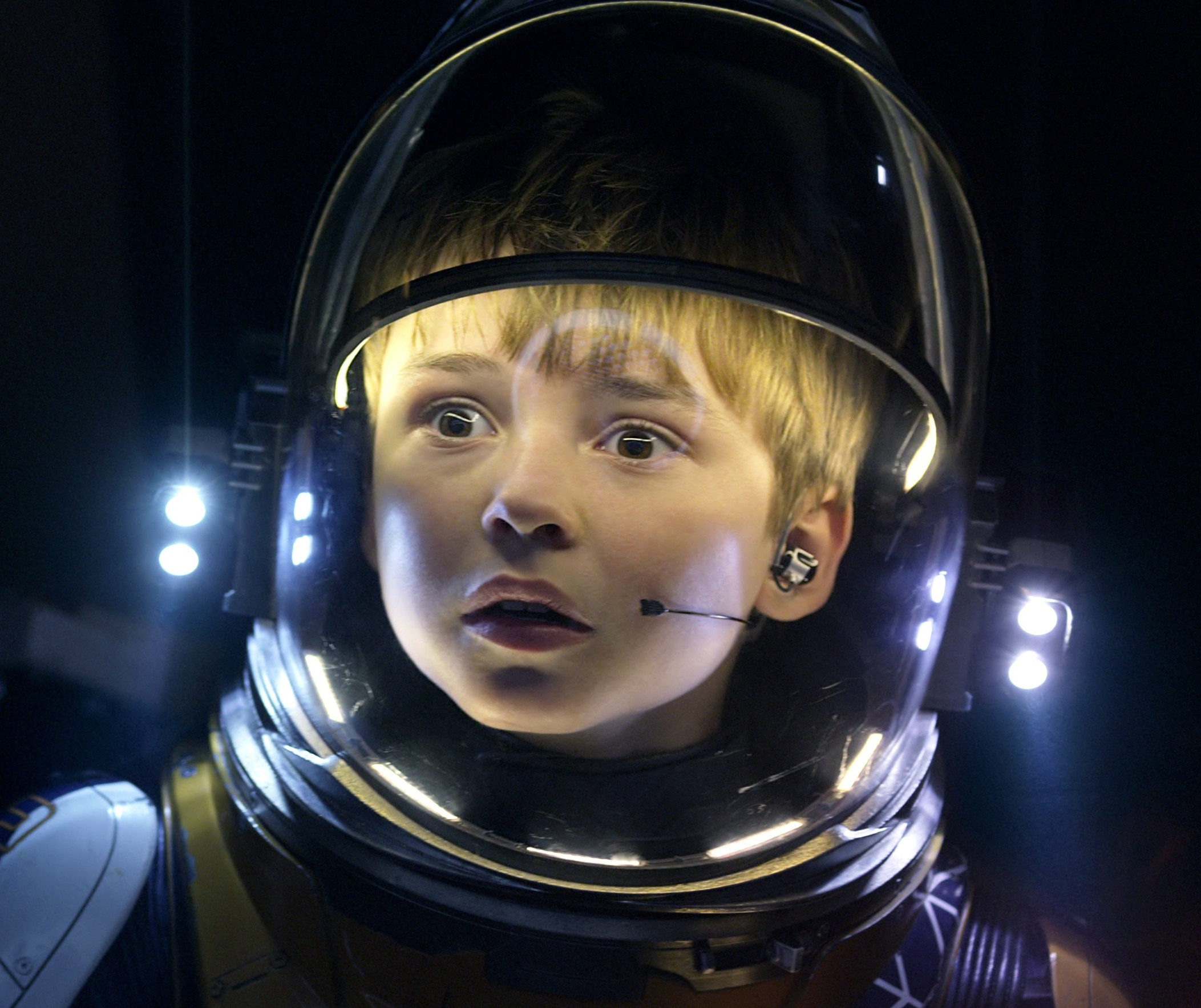 They were just trying to cope with how they felt in their bodies. And its not just the senses that we all think about, but lesser known ones called ‘proprioception’ and ‘vestibular’. Proprioception relates to how we feel weight or in this case not feel weight. Like floating in the seat of a rollercoaster plunging downwards, there is that weightlessness feeling that we all know. Exciting maybe, but really, really uncomfortable if that’s how you feel all the time. Vestibular relates to how we sense motion, like movement in a car or running on a track. Without it, you can’t figure out where you are going. When standing stationary or falling out the window finally defeated to get outside. Taken together for Conor and Eoin, it was like floating in space, an unimaginably uncomfortable feeling all the time. And I meet Conor and Eoin’s everyday, all around the world at every age. Crying out for comfort and understanding. Most of all a way to master their own bodies and develop strategies to be able to participate fully in society despite their differences. And, as Val and I have discovered, because of these differences.
They were just trying to cope with how they felt in their bodies. And its not just the senses that we all think about, but lesser known ones called ‘proprioception’ and ‘vestibular’. Proprioception relates to how we feel weight or in this case not feel weight. Like floating in the seat of a rollercoaster plunging downwards, there is that weightlessness feeling that we all know. Exciting maybe, but really, really uncomfortable if that’s how you feel all the time. Vestibular relates to how we sense motion, like movement in a car or running on a track. Without it, you can’t figure out where you are going. When standing stationary or falling out the window finally defeated to get outside. Taken together for Conor and Eoin, it was like floating in space, an unimaginably uncomfortable feeling all the time. And I meet Conor and Eoin’s everyday, all around the world at every age. Crying out for comfort and understanding. Most of all a way to master their own bodies and develop strategies to be able to participate fully in society despite their differences. And, as Val and I have discovered, because of these differences.
So what’s sport got to do with this?
 For those of us who have had the good fortune to work with an occupational therapist skilled in sensory integration, we know that building out from these challenges is about the acquisition of skills. We had the extraordinary opportunity to work with Sarah Field at Redwood Pediatrics in Santa Rosa. It was she who explained what was physically going on with the boys. At first I just couldn’t get it. What, Spaceman? You must be joking. Sarah was a therapist of few words. Over here she said, pointing to a spinner. Stand on that and see how many revolutions you can do before you fall off! I managed 3 1/2 and was so dizzy I couldn’t get off the floor. Then she did the same thing with Conor. I lost count how many times he spun around. After twenty minutes Conor just stepped off and walked straight over to the trampoline. Get it now, Mr. Dodd?
For those of us who have had the good fortune to work with an occupational therapist skilled in sensory integration, we know that building out from these challenges is about the acquisition of skills. We had the extraordinary opportunity to work with Sarah Field at Redwood Pediatrics in Santa Rosa. It was she who explained what was physically going on with the boys. At first I just couldn’t get it. What, Spaceman? You must be joking. Sarah was a therapist of few words. Over here she said, pointing to a spinner. Stand on that and see how many revolutions you can do before you fall off! I managed 3 1/2 and was so dizzy I couldn’t get off the floor. Then she did the same thing with Conor. I lost count how many times he spun around. After twenty minutes Conor just stepped off and walked straight over to the trampoline. Get it now, Mr. Dodd?
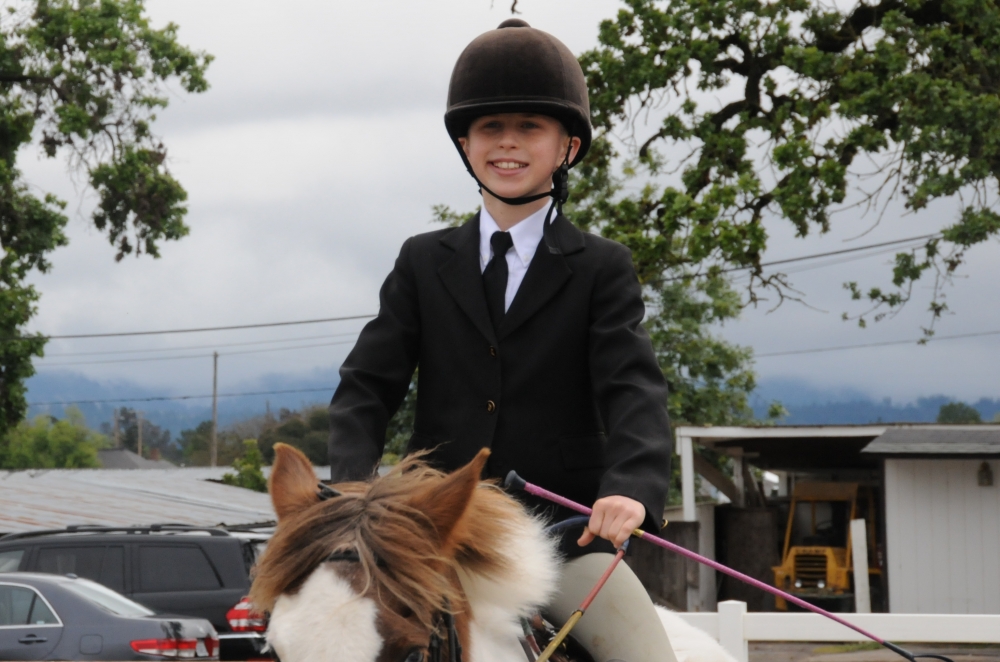 And that was the thing, I did get it. In the months and years that followed, it wasn’t just the sensory integration therapies that the boys were receiving from Sarah’s team. It was what I was learning. About the therapies at large, the boys and ultimately myself. I attended as many of the OT sessions that I could. Sarah and I would plan them together and do them together. And then I would build on them. And how? By introducing the boys to structured, mainstream sport. Sarah would often say: OT is not jumping on a trampoline. Its about skills. As soon as one skill is mastered, another needs to be added. As each skill is added, another piece of the puzzle would slot in. The real work happened outside the clinic, in sports that made the boys feel whole and fed our soul as parents. It’s not just the kids that get isolated when there is a disability, its the parents too. Most of the time we are just trying to survive while many of our peers in the typical world were busy competing through their kids. Not much space for us special needs parents there.
And that was the thing, I did get it. In the months and years that followed, it wasn’t just the sensory integration therapies that the boys were receiving from Sarah’s team. It was what I was learning. About the therapies at large, the boys and ultimately myself. I attended as many of the OT sessions that I could. Sarah and I would plan them together and do them together. And then I would build on them. And how? By introducing the boys to structured, mainstream sport. Sarah would often say: OT is not jumping on a trampoline. Its about skills. As soon as one skill is mastered, another needs to be added. As each skill is added, another piece of the puzzle would slot in. The real work happened outside the clinic, in sports that made the boys feel whole and fed our soul as parents. It’s not just the kids that get isolated when there is a disability, its the parents too. Most of the time we are just trying to survive while many of our peers in the typical world were busy competing through their kids. Not much space for us special needs parents there.
 So we came to understand ourselves as much as Conor and Eoin. As children, Val and I were climbers and hikers. There was no wall or fence too great to scale or apple tree to big to climb and pick. We ran and swam competitively at school. As the years went on Val gravitated to racket and athletic sports while I embraced water sports and sailing. And what do you know? So ultimately did Conor and Eoin! As young adults they have reached levels that I only dreamed about, but most importantly they grew enormously from the experience and love every minute of it. And as they perfected their sport skills, so much more fell into place, relationships, academics, belonging. Through all those silent years before the boys built the kind of language we all take for granted, they were expressing themselves through what they were doing. And sport was at the center of all of this.
So we came to understand ourselves as much as Conor and Eoin. As children, Val and I were climbers and hikers. There was no wall or fence too great to scale or apple tree to big to climb and pick. We ran and swam competitively at school. As the years went on Val gravitated to racket and athletic sports while I embraced water sports and sailing. And what do you know? So ultimately did Conor and Eoin! As young adults they have reached levels that I only dreamed about, but most importantly they grew enormously from the experience and love every minute of it. And as they perfected their sport skills, so much more fell into place, relationships, academics, belonging. Through all those silent years before the boys built the kind of language we all take for granted, they were expressing themselves through what they were doing. And sport was at the center of all of this.
Selecting a sport
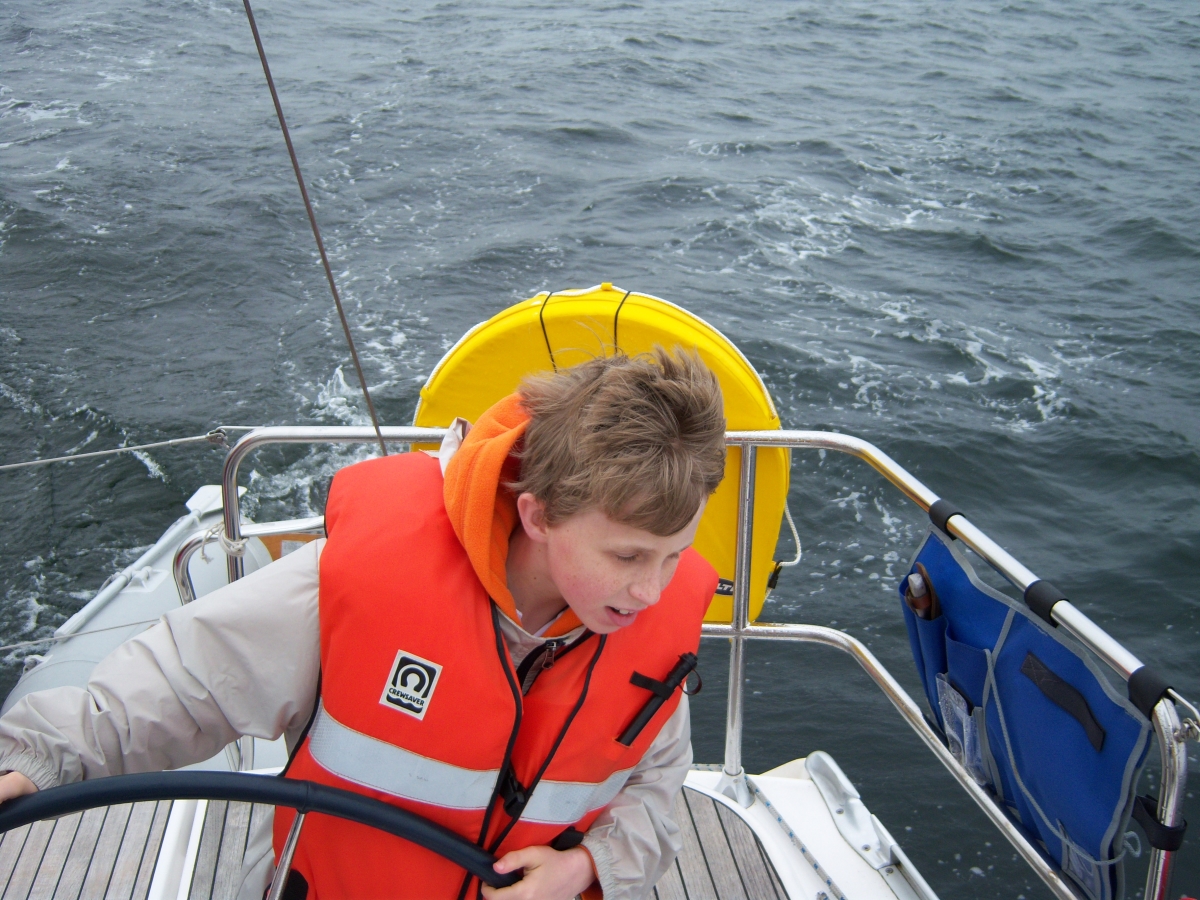 If I look back at the sports we engaged the boys in, I think there were a couple of factors that really mattered. We needed to get to know our children and sift through the features of their condition and try to turn down the confusion. Conor couldn’t play a simple Simon game with me but could jump on a trampoline for hours with or without others. He could sit into a very unstable sailing dinghy and helm it effortlessly just by watching and ‘feeling’ the experience. Eoin was much the same and added tennis and horse riding to the mix. And when they were not busy? They went rock climbing and swimming in the ocean.
If I look back at the sports we engaged the boys in, I think there were a couple of factors that really mattered. We needed to get to know our children and sift through the features of their condition and try to turn down the confusion. Conor couldn’t play a simple Simon game with me but could jump on a trampoline for hours with or without others. He could sit into a very unstable sailing dinghy and helm it effortlessly just by watching and ‘feeling’ the experience. Eoin was much the same and added tennis and horse riding to the mix. And when they were not busy? They went rock climbing and swimming in the ocean.
They could watch and emulate others do stuff that we didn’t think was possible while unable to follow the most basic instructions like in Simple Simon games. So beyond getting orientated and comfortable in a new environment, participating in groups with typical peers was critical. Great coaches make learning look easy, are highly engaging and always leaves the child looking for more. They know that the activity needs to be fun for the child while being aware that there is a totem pole of skills to be acquired. No where was this more apparent at the Rohnert Park gymnasium where the boys participated with a peer group that frequently competed at a state and national level. And what comes with all of this, free of charge? Friends, belonging, belief and integration into ‘our world’.
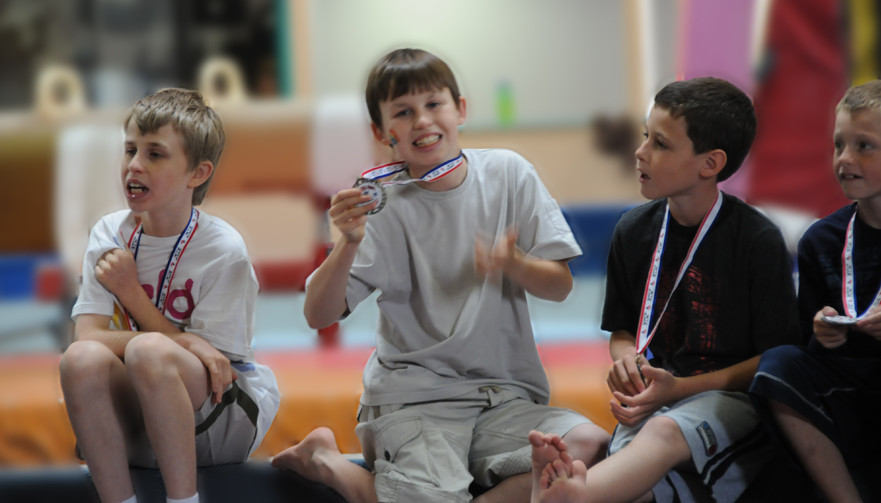 All the sport activities we engaged the boys in clearly fed their sensory and motor planning needs. You just had to look at them participating! They were highly visual and fitted into a language development paradigm we had created (more about this below) to overcome the communication deficits they arrived with. So in many ways, while the activities had all kinds of different settings and activity detail, they shared a common benefit of growing the boys in the way they most needed. And why not, sport has been around a very long time and its purpose and benefits well validated through the ages.
All the sport activities we engaged the boys in clearly fed their sensory and motor planning needs. You just had to look at them participating! They were highly visual and fitted into a language development paradigm we had created (more about this below) to overcome the communication deficits they arrived with. So in many ways, while the activities had all kinds of different settings and activity detail, they shared a common benefit of growing the boys in the way they most needed. And why not, sport has been around a very long time and its purpose and benefits well validated through the ages.
So much for the ‘technical’ side. Now I’m going to talk about the real sauce. As I said earlier all this sport stuff boils down to having fun and acquiring skills. Its about participation that feeds both body and soul. But these simple concepts are not as pervasive as one might expect. 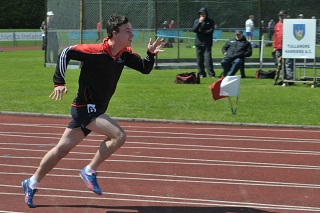 If you want to figure out what club to send your child to, pick one with a solid record of producing successful athletes in their chosen fields. Clubs with coaches who understand why they coach. For any of us who coach, we know that on a rare occasion someone crosses our threshold who is truly gifted. Someone who you believe could, if lots of things came together, really take the paint off the wall. But for the majority, its not about the level they ultimately play at, but rather the distance they go. Life is not a zero sum game, its about belief, confidence and knowing how to work together. To need to work together. For a special needs parent reading this, it all may seem a bit backwards, right? You may now be just as we were, with a child who is climbing the walls and doesn’t seem to respond to anything. Everybody is trying to lower your expectations, hope for the best and prepare you for the worst. But all this is just fog. Your child is the way he is because she isn’t building the skills needed to live. And no amount of behavioral strategies is going to fix that.
If you want to figure out what club to send your child to, pick one with a solid record of producing successful athletes in their chosen fields. Clubs with coaches who understand why they coach. For any of us who coach, we know that on a rare occasion someone crosses our threshold who is truly gifted. Someone who you believe could, if lots of things came together, really take the paint off the wall. But for the majority, its not about the level they ultimately play at, but rather the distance they go. Life is not a zero sum game, its about belief, confidence and knowing how to work together. To need to work together. For a special needs parent reading this, it all may seem a bit backwards, right? You may now be just as we were, with a child who is climbing the walls and doesn’t seem to respond to anything. Everybody is trying to lower your expectations, hope for the best and prepare you for the worst. But all this is just fog. Your child is the way he is because she isn’t building the skills needed to live. And no amount of behavioral strategies is going to fix that.
Where from here: Language is the key!
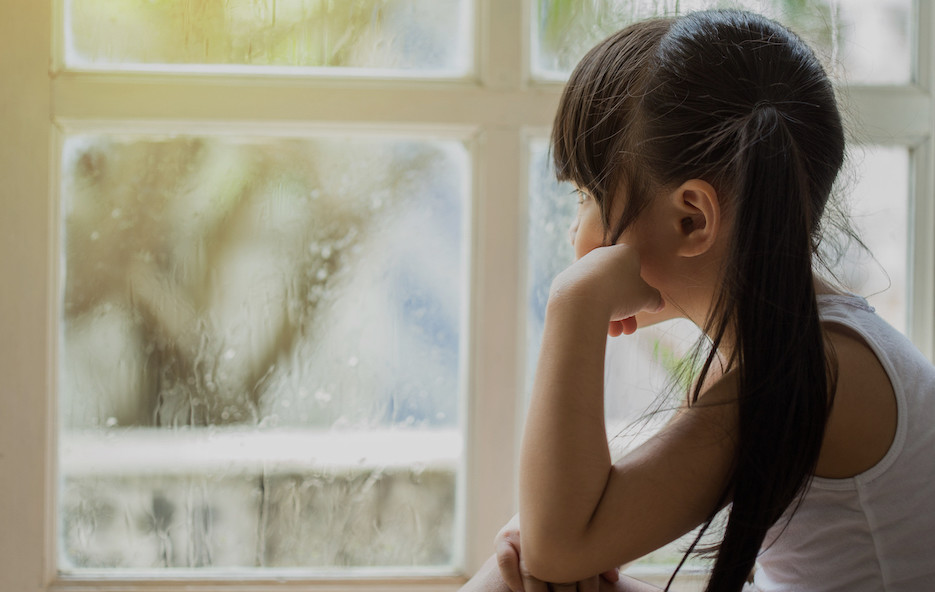 I can’t begin to tell you how many articles and books I read when the boys were first diagnosed about how to overcome their challenges. But for all that was in the media we quickly reached a conundrum; That without language as a gateway to life’s experiences there is only isolation and without life’s experiences there is no language. This is the very essence of a learning disorder. Leaving our autistic children isolated and uncomfortable, so uncomfortable that they find it hard to focus on anything. Crushing the very spirit of both child and parent. So if we are to overcome these dichotomies we are going to need to build the language system required to enable access to sport, while simultaneously addressing the ever present sensory needs that our children live with. As with Conor and Eoin, we will need to follow the bread crumbs that our children layout for us and build the language around what they are telling us. We need to be mindful of creating the kind of environment that draws together parent and child, clubs and coaches and society at large.
I can’t begin to tell you how many articles and books I read when the boys were first diagnosed about how to overcome their challenges. But for all that was in the media we quickly reached a conundrum; That without language as a gateway to life’s experiences there is only isolation and without life’s experiences there is no language. This is the very essence of a learning disorder. Leaving our autistic children isolated and uncomfortable, so uncomfortable that they find it hard to focus on anything. Crushing the very spirit of both child and parent. So if we are to overcome these dichotomies we are going to need to build the language system required to enable access to sport, while simultaneously addressing the ever present sensory needs that our children live with. As with Conor and Eoin, we will need to follow the bread crumbs that our children layout for us and build the language around what they are telling us. We need to be mindful of creating the kind of environment that draws together parent and child, clubs and coaches and society at large.
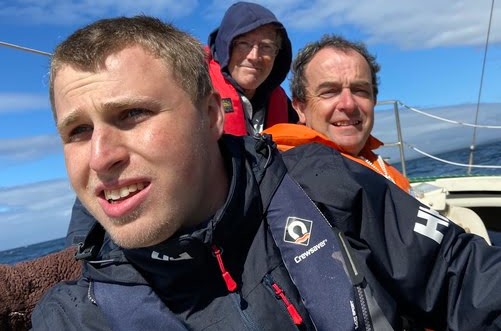 Can we do it? Well Conor and Eoin are currently showing the way. Conor is now an ocean racer, while Eoin is known as the ‘wall’ at his local tennis club. Professionally, they have developed a language software which teaches language to children presenting with the same challenges they once faced. And they are learning language in a way once thought impossible. So much so that the European Commission has awarded their work with the ‘seal of excellence’ . An incredible achievement.
Can we do it? Well Conor and Eoin are currently showing the way. Conor is now an ocean racer, while Eoin is known as the ‘wall’ at his local tennis club. Professionally, they have developed a language software which teaches language to children presenting with the same challenges they once faced. And they are learning language in a way once thought impossible. So much so that the European Commission has awarded their work with the ‘seal of excellence’ . An incredible achievement.
So yes, no question we can make this happen as clubs, coaches, parents, children. Eoin and Conor have already answered that question. We are working on a plan to make Conor and Eoin’s achievements typical, even ordinary through language. We are working hard with national sports bodies and other entities to help us raise the funding needed to make our dream a reality.
As more concrete plans are defined over the coming months I will update this blog and let you know how we can realize the dream together!
Autism and sailing
Autism and tennis
Autism and horse riding
Emergence from Autism

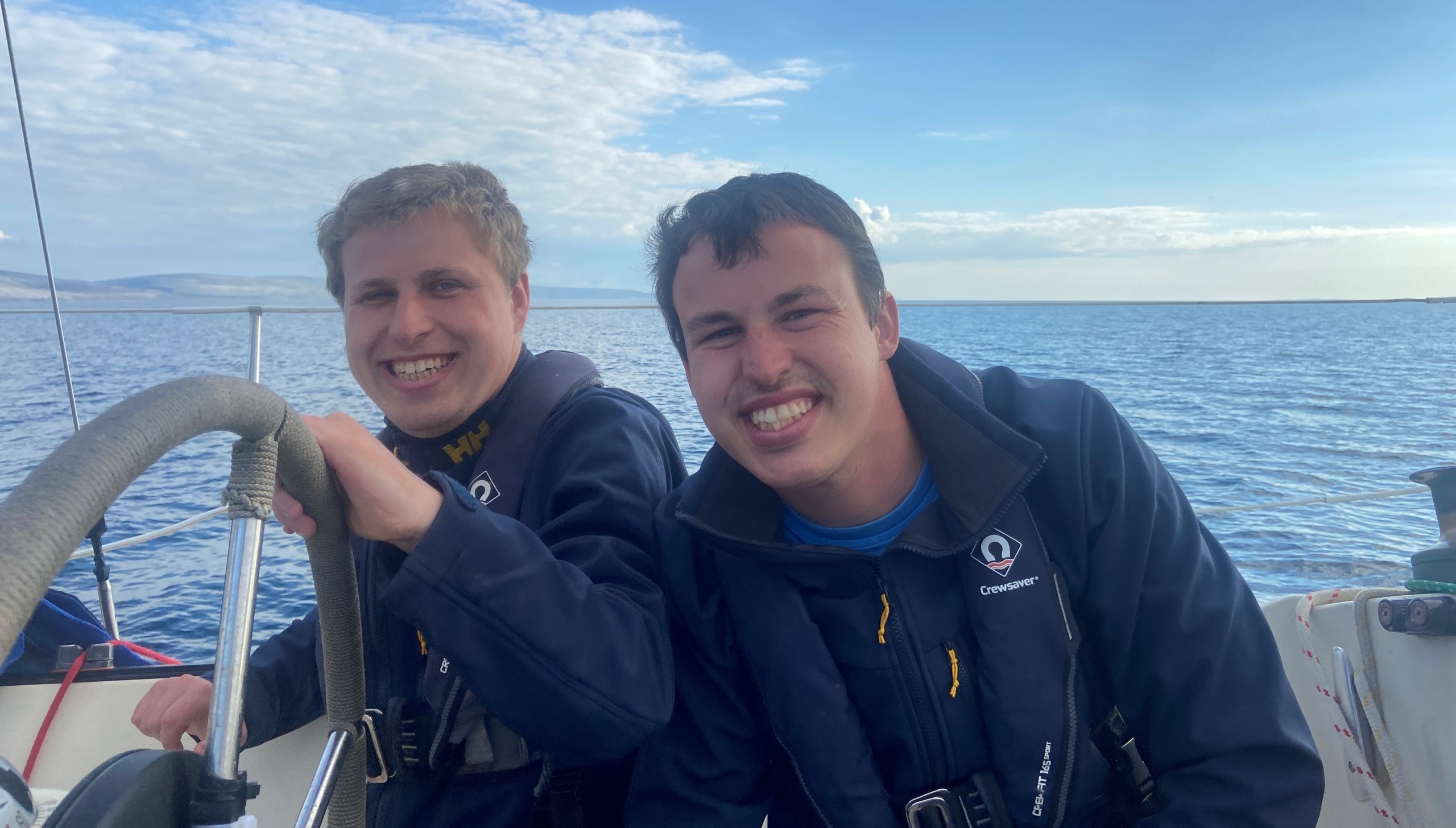
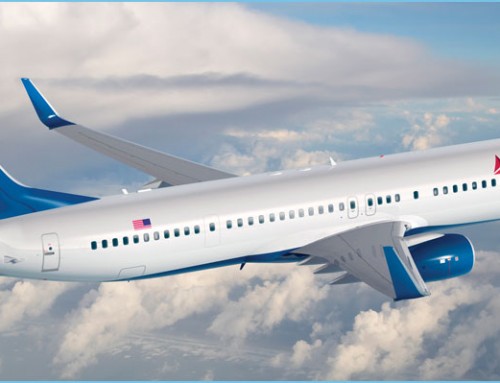
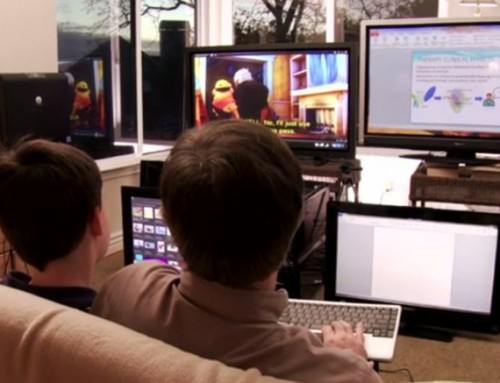
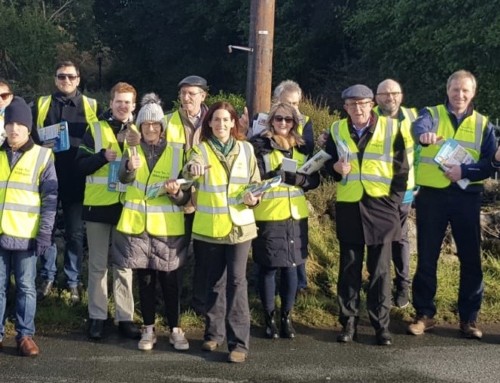
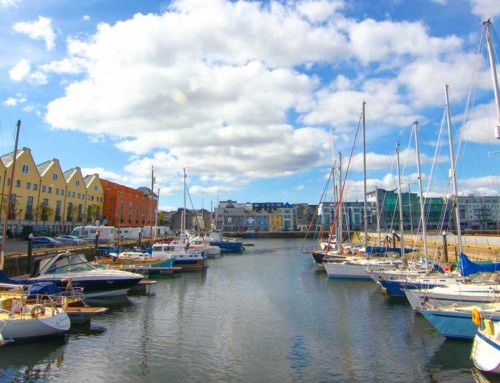
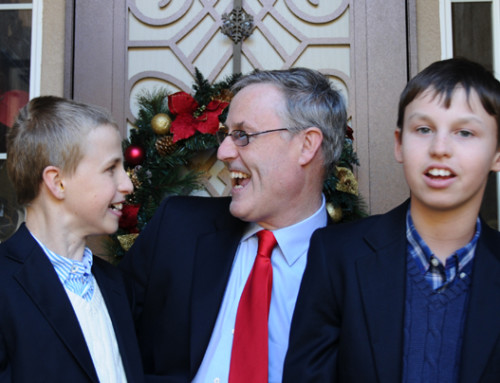
Leave A Comment